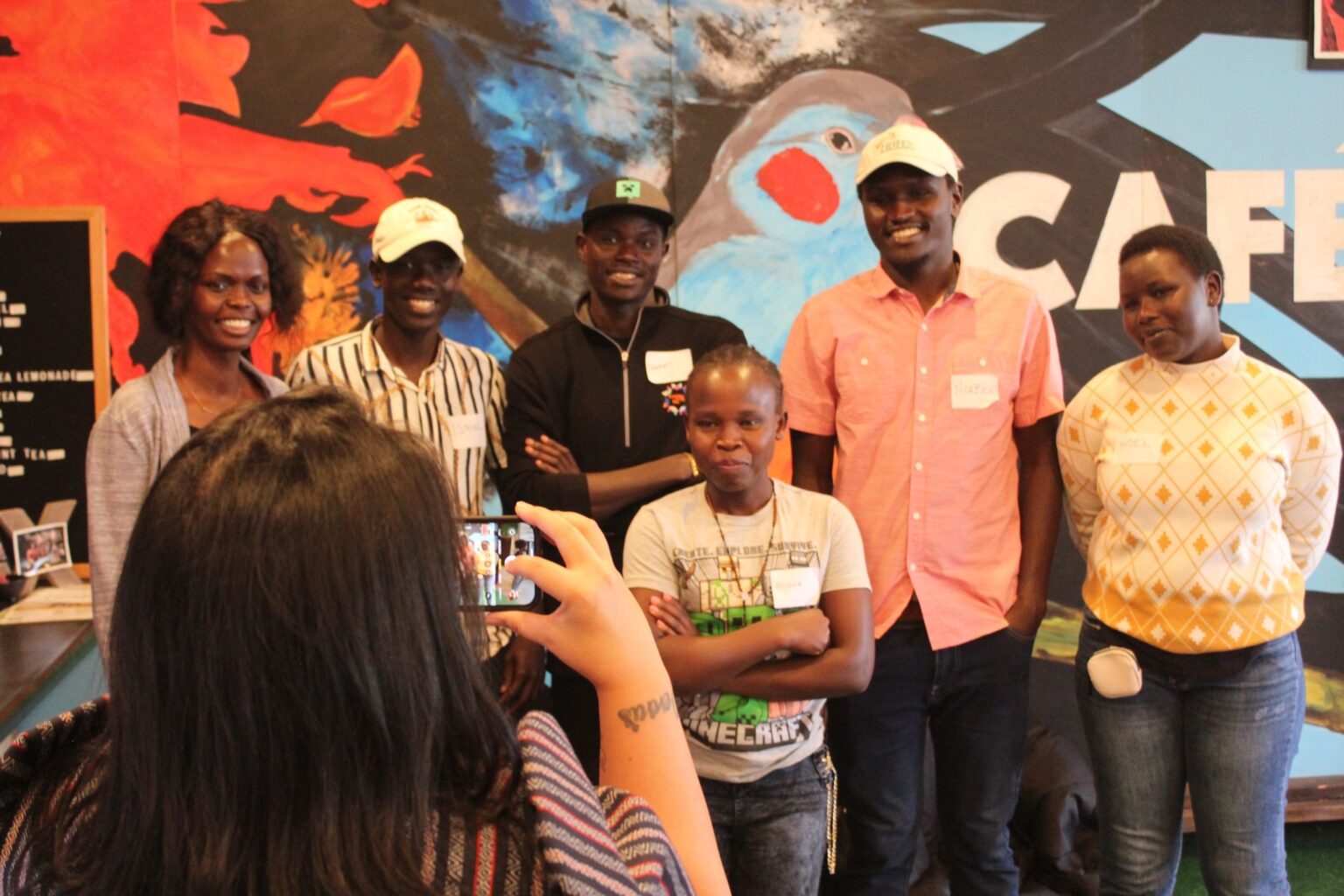Holy Week: What had his full attention? What mattered most to him?

I don’t know where I first saw or heard this phrase: “Happy Ash Wednesday! We’re all gonna die!” I think it was on social media. It’s funny, irreverent, and profound…the sort of joke I love. I was unable to attend an Ash Wednesday service this year, but I didn’t need much of a reminder that I am dust and will return to dust. Last July, I was admitted to the hospital after a CT scan revealed my carotid artery was inexplicably dissected—that is, torn—in my neck and in my skull, behind my eyes. My artery was almost entirely obstructed in two places, and the amount of blood going to the right side of my brain was noticeably less than the left side. The tear in the neck was holding back a blood clot that very easily could become a stroke, and the tear where the artery goes through my cranium resulted in a four-centimeter pseudoaneurysm that could very well burst. After a few hours in surgery, the neurosurgeon pulled my wife, Keisha, into the room and showed her what he said was the worst case he’d ever seen and that he didn’t know what to do.
I suspect everyone faces death in their own way. Knowing that each moment could be my last narrowed my field of vision. All the distractions of life fell to the wayside, and what had my full attention was the moment. This had the remarkable effect of making me realize that what matters in life is love and that I had more love than I could possibly contain. I was loved by so many. I loved them in return. I had no enemies, no wounds to heal, no people to forgive. God owed me no favors, and I didn’t ask for any. I already had in my possession the greatest favor God could give me: my life was saturated in love. I felt God’s nearness in a way I never have before. I was scared, sure, and sad at the thought of not being there for the ones I love. But I was also at peace. I knew in my bones that my soul was safe in God. In videos and letters I made every attempt to tell the people I care for that they were loved and that we would, in life or death, be okay.
As Jesus was marching to Jerusalem, he knew it was a showdown between his good news of the kingdom of God and the empire of Caesar, along with Herod and all the other puppet-kings. Jesus knew and told the people following him that he would not escape this confrontation unscathed. His followers’ expectations of what God’s kingdom was supposed to look like—the destruction of their oppressor Rome along with the rest of their enemies—left them unable to hear Jesus foretelling his own death. They celebrated his arrival on Sunday. By Friday,
disappointed, the crowds who were hailing him a few days ago were now calling for his execution or denying any association with him.
Jesus was facing his own death. When the distractions faded away, his field of vision narrowed, and there before him was a cross. What had his full attention? What mattered most to him?
Love.
He gathered with his closest friends in a private place just around the corner from his appointment with death. He ate with them and expressed how much he loved them, asking them to remember him and to love each other in the same way he loved them…to the very end.
There’s a popular conception of Jesus’ death—a misconception, I would suggest—that goes something like this: God is too holy to be around sinners, so sinners deserve to die and forever be without God; but God sent his son to be punished on our behalf. I think this is a misconception because it makes God into a distant and violent father. I think if we’re going to believe in the Trinity we have to reject such a view. When we see the cross, that isn’t just the Son of God, but God the Son. On the cross, we see the fullness of God, who would rather be a victim of our worst impulses than to make us victims of divine wrath.
God’s holiness does not mean he cannot abide the company of sinners. There he is! He’s having dinner with them and washing their feet. He’s feeding them. He’s loving them—loving us—to the end. He has no enemies, only forgiveness. Jesus faces his death by unveiling the fulfillment of God’s love, not the extent of God’s wrath. Jesus, God the Son, is simply and utterly in love with us. To the very end.
The season of Lent is making the final turn towards the cross and the grave. Take one long, last look at death—not only our own deaths, but the pervasive violence and wrath of humankind surrounding us, the hate that threatens to overwhelm us with darkness. Look fully at the cross, where all hate and violence comes down in full force on the Lamb of God. Let your field of vision narrow…and look! The God who is Love! This is the Love which has the last word in your life, the last word in all lives, the last word spoken before the cosmic lights go out. The Word of Love that always and inexorably leads to life.



















